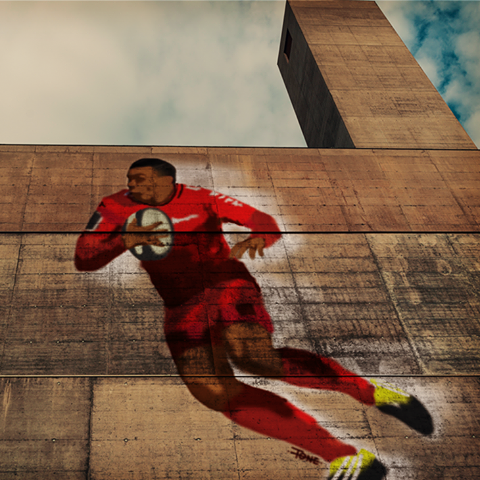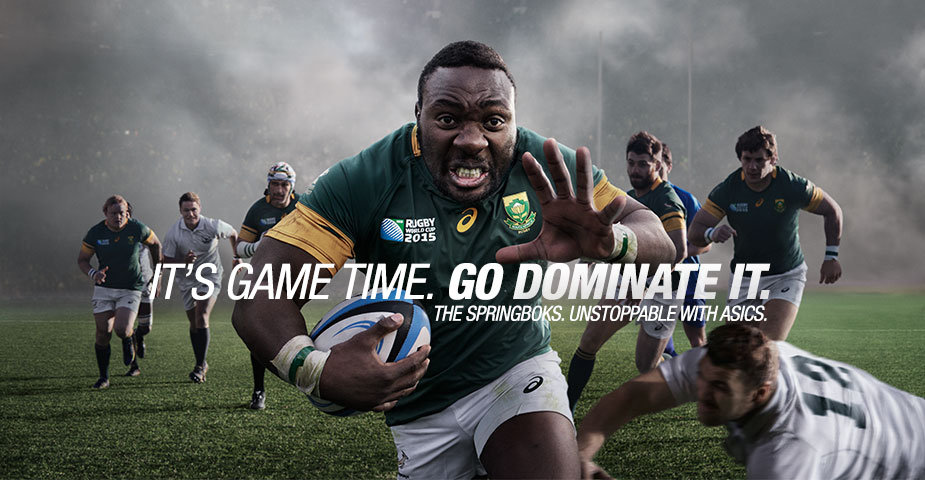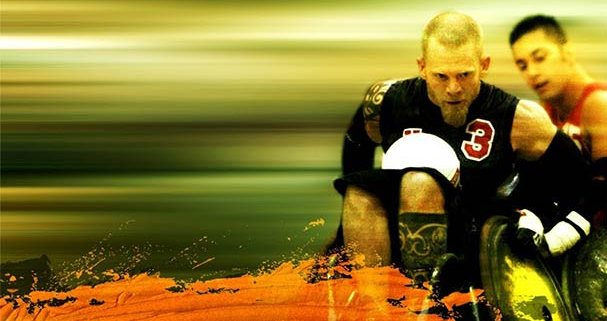There’s nothing like celebrating a milestone to put age on your life.
As Brian Mitchell went to work against Alfredo Layne at Sun City in 1986, I thrilled to the pictures emanating from the television. Mitchell was like a ball of fire that night; relentless, pulsating, unstoppable.
I remember it as if it were yesterday. It was exactly 30 years ago today that he won the WBA junior-lightweight world championship. I celebrated wildly. My pals thought I was crazy.
Some weeks later I got word that he was making a public appearance at the Boksburg Pick ’n Pay. I went along, braved the hordes and got my treasured autograph.
In the 1980s it meant something to be a world champion, unlike today with the alphabet soup having diluted the meaning of being a champion.
But back then it was a big deal. I watched all of Mitchell’s subsequent championship fights on television, sadly none of which were at home because of South Africa’s sporting isolation. Happily, I did eventually get to see him fight live, although it was in his second summer, having come out of retirement for a final fling.
He fought and beat a fighter named Mike Evgen. Mitchell got the job done, but the old snap and spark were gone. He had one more fight and then packed it in with an extraordinary 45-1-3 ledger and a record for title defences in his division.
My career as a sports writer meant that I would come into Mitchell’s orbit often, especially as he stayed involved in boxing as a manager, publicist and commentator. My subsequent job at SuperSport allowed me to celebrate with Mitchell when he was inducted into the International Hall of Fame seven years ago – the only South African boxer to enjoy the honour – and I have been fortunate to have travelled overseas with him a number of times.
He is that most enjoyable of tourists – an adventurer who is always on the lookout for a good time. His friendship and good humour are always assured.
I’m thrilled that we’ll be celebrating over lunch today. I’m lucky I get to do so with one of my greatest heroes.
















